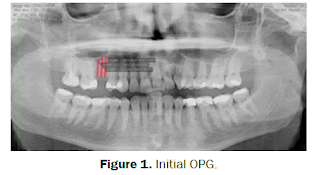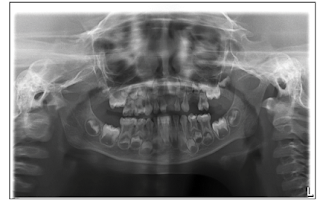Periodontal Diseases

Periodontics and Prosthodontics: Open Access is self-financed and does not receive funding from any institution/government. Hence, the Journal operates solely through processing charges we receive from the authors and some academic/corporate sponsors. The handling fee is required to meet its maintenance. Being an Open Access Journal, Periodontics and Prosthodontics: Open Access does not collect subscription charges from readers that enjoy free online access to the articles. Authors are hence required to pay a fair handling fee for processing their articles. However, there are no submission charges. Authors are required to make payment only after their manuscript has been acce pted for publication. It is a bacterial infection of the tissues around the structures of the teeth. It is also called as a gum disease. It is the main cause of the tooth loss in adults because this disease is usually pain less and we cannot identify if we have this disease. There are som...


























